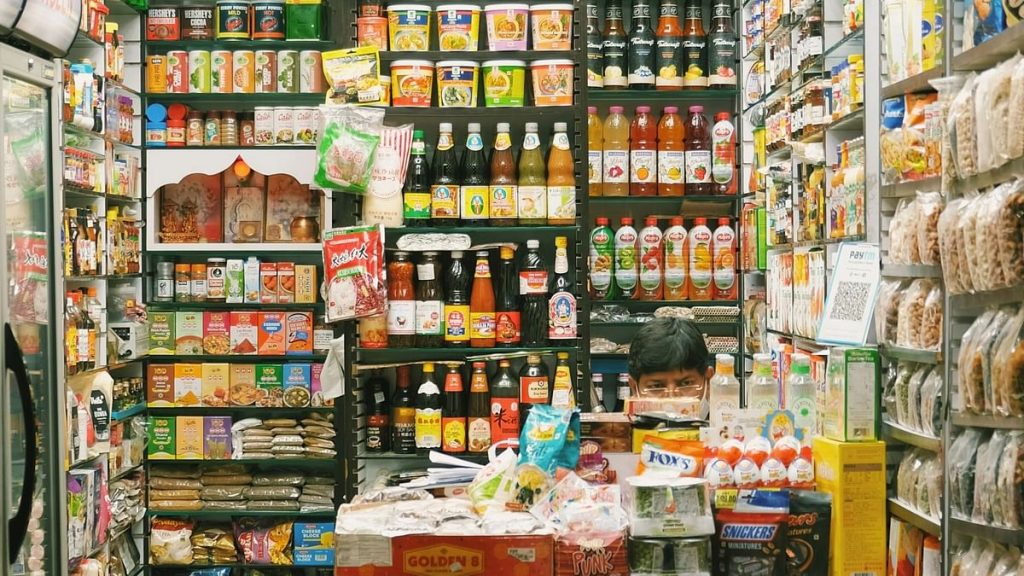“Any local brand coming back is a pressure for a national brand,” K Ramakrishnan, managing director at Kantar Worldpanel, told BQ Prime. “They are aggressively competing for the shelf space as well as the mind space of a consumer who is still grappling with high prices of everyday essentials.”
The volume growth of local brands has grown 12.7% over the 12-month period ended April, while that of national brands have increased at a slower pace of 8.5%, Kantar data showed. In terms of volume share, these local brands are also catching up with the big players, which are present in more than eight cities. For the 12 months ending April, the national brands had a volume share of 36% versus the local brand’s 27%.
Another market researcher, NielsenIQ, also gives credence to the trend stating that small manufacturers are driving the value and volume growth, led by rural areas. It is particularly rampant in non-food categories.
“At this stage, it is important to focus on the right assortment and pack sizes of products,” Roosevelt D’Souza, lead, customer success, NIQ India, said. “The reduction in input costs, if continued to being passed on to consumers, will increase consumption, benefiting all manufacturers.”
During the first-quarter earnings call, the FMCG giants like HUL and Britannia Industries Ltd. have highlighted renewed aggression from smaller and regional players, who were severely impacted and some of those even went out of business during the peak of inflationary pressure.
HUL, the country’s largest consumer goods maker, said it lost some market share in certain pockets of the portfolio, primarily in the mass segment. Britannia said it had taken price cuts to stay ahead of the growing competition.
Demand trends remain tepid during the April–June period, with slower-than-anticipated volume recovery and an increase in competitive intensity.
